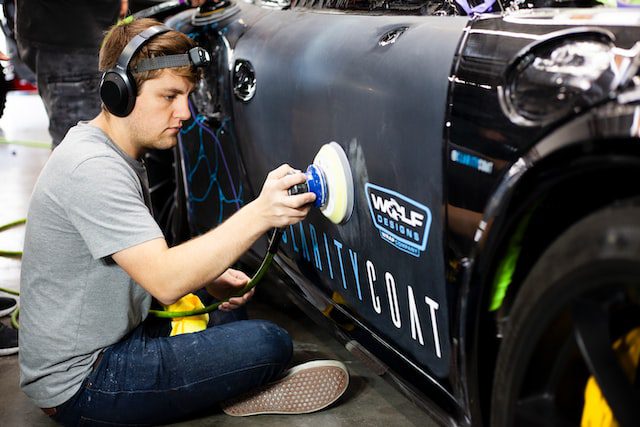Motorcarspecs.com delivers automobile industry news, and its unique content can entice viewers from all over the world. Every day, the Motorcarspecs.com team assists thousands of consumers in conducting vehicle research and comparing pricing on a wide range of automotive products and services. We’ve been pioneering innovative ways for prospective buyers to engage with automobiles and obtain timely and accurate information since January 2020. We created this platform for you, the viewers, to provide an honest evaluation on a relevant automobile, which we will completely review and post on our site.
A Guide to Painting Your Car: Easy Steps for Beginners
Step 1: Choose Paint
It is important to select the right kind of paint for your car. The type of paint you choose will depend on the materials used in the body of your car as well as the type of finish you want. You can buy acrylic enamel, urethane enamel, polyurethane or water-based paints.
Step 2: Choose the Right Color
When choosing the color for your car, it is important to take into account the color of both the primer and the car itself. You can choose from a wide range of colors, but make sure you choose a color that will complement the overall look of your car.
Step 3: Prep Your Car
Before you start painting, you need to prepare your car for the process. It is important to sand down the surface of the car to remove any dirt and debris. Then, you need to apply a primer before you apply any paint. This will help ensure a smooth and even finish.
Step 4: Mask the Parts
The next step is to protect the parts of the car that you don’t want to paint. This includes the windows, doors, headlights, and tires. You can use masking tape and plastic sheets to cover up the exposed areas.
Step 5: Painting
After you’ve prepped the car and masked off the parts you don’t want painted, you’re ready to start painting. Here are the steps you need to take:
- Apply the paint with a brush or a roller in thin coats.
- Allow each coat of paint to dry before you apply the next one.
- After all coats have been applied and dried, use a nylon-bristled brush to blend the paint together.
- Use a polishing cloth to buff the paint and get rid of any rough edges.
- Apply a topcoat for extra protection and shine.
Step 6: Clean Up
Once you’ve completed the painting process, it’s important to clean up the mess you’ve made. Make sure to wipe down all the surfaces you’ve painted and dispose of any remaining paint, rags, and other materials properly.
Congratulations! You’re Done!
You’ve successfully painted your car and now it’s ready to show off. With a bit of patience and some careful steps, anyone can paint a car and give it a beautiful new look.
What type of paint should I use for painting my car?
The type of paint you should use for painting your car is dependent on the type of material your car is made of as well as the type of look you are trying to achieve. For example, if your car is made of plastic, using a specialized plastic paint will likely yield the best results. If, however, you are trying to create a more traditional look for your car, you may want to opt for a high-quality automotive paint. In either case, be sure to reach out to a professional who can help you choose the best paint and recommend the most appropriate application technique.
What type of primer should I use for painting my car?
It is recommended to use a high-grade, two-part epoxy primer on your car. This type of primer is best suited for automotive applications and will provide great adhesion to your car’s exterior surface. It is also a great option for providing the extra protection your vehicle needs from the elements.
What is the best type of automotive primer?
The best type of automotive primer depends on the type of paint and surface being primed. This is because different surfaces will require different types of primers in order to ensure a smooth finish. Generally, epoxy and urethane primers are the best types of primers for automotive projects because they provide a good foundation for top-coats and also offer superior adhesion and durability. Additionally, they can be used on a variety of surfaces to help ensure a smooth finish.


